Welcome to the Miss Indian America Online Exhibition
Introduction
Origins
All-American Indian Days at Sheridan
Being Miss Indian America for a Year
Why It All Ended
Reunions and Legacy
Photos of Miss Indian America Winners
All-American Indian Days 1950’s Rodeo Clips
Introduction
The Bozeman Trail Museum would like to thank University of Delaware museum studies and history student Jeremy Cleghorn for designing the exhibition, and University of Delaware students, including Caroline Berger, Brooke Curwin, Maureen Iplenski, Sophie Molloy, and Emma Straw for their work on the content and images. We would also like to thank deana harragarra waters, Judy Slack, and Cindy Ott for their guidance. We are indebted to the financial support of the Wyoming Cultural Trust Fund, Wyoming Humanities, the University of Delaware Community Engagement Initiative and its UD History Department. We are grateful to THE Wyoming Room, Sheridan County Fulmer Public Library, Sheridan, WY for the use of their collections.
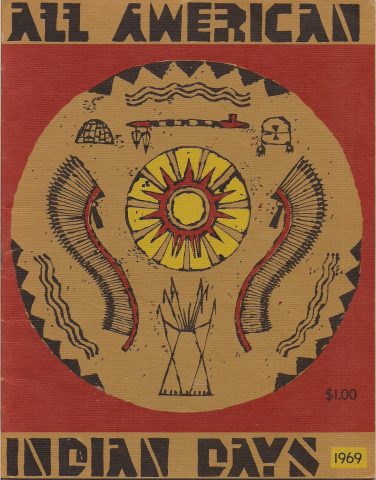
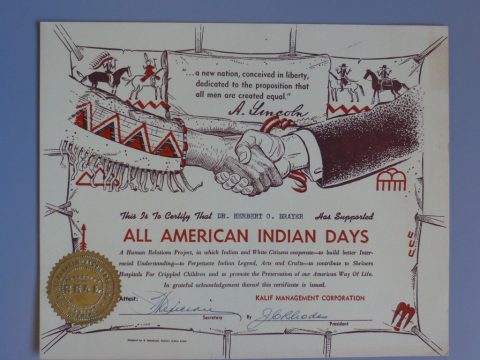

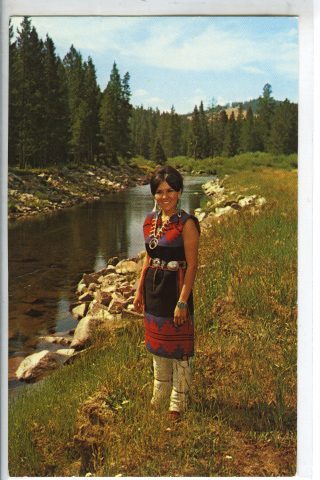
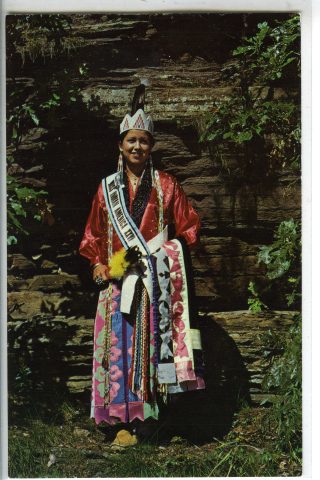
Origins
Lucy Yellowmule Named Rodeo Queen
Every year since 1931, the small reservation border town of Sheridan, Wyoming held a rodeo. At the 1951 Sheridan WYO Rodeo, the organizers used an applause meter to elect the rodeo queen by popular vote, instead of backroom dealings as in the past. Of the twelve contestants, Lucy Yellowmule performed expertly in the arena, with perfect command of not only her horse but also the audience. She received the largest ovation. Yellowmule, a young ranch girl and college student from the Crow Nation, became the first American Indian Sheridan WYO rodeo queen, and the catalyst for the Miss Indian America pageant.
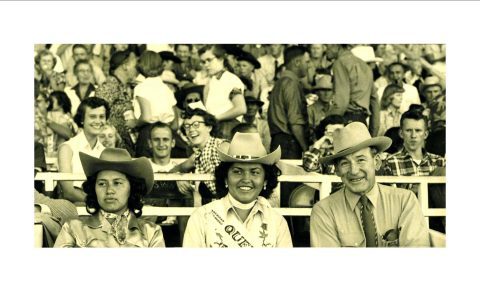
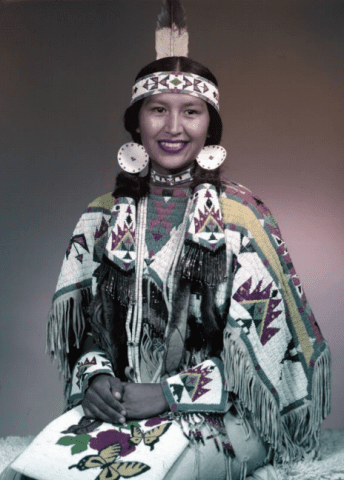
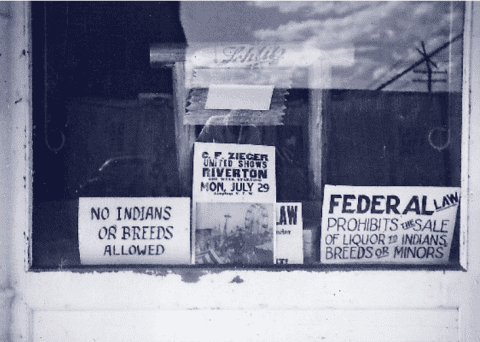
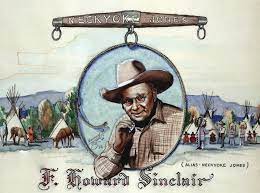
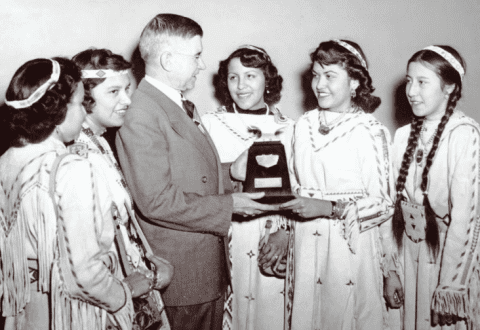
All-American Indian Days at Sheridan
The Miss Indian America pageant was the grand finale of the three-day annual All- American Indian Days. Sheridan car dealers, restaurant owners, fraternal organizations, and other local benefactors funded the event. The gathering drew on average over 4,000 American Indians from more than sixty different tribes to Sheridan. Each year began with a parade that featured American Indians and local Sheridan organizations. Art competitions, foot races and other athletic events, dances, tepee-building competitions, and a prayer service filled the days.
The AAID grew into an important annual political gathering for Indians from across the country. Vine Deloria, Sr., Vine Deloria, Jr., presidents of the National Congress of American Indians, and the authors D’Arcy McNickle and N. Scott Momaday were just some of the Indian activists who came to Sheridan to organize for Indian causes. The town won national awards because of its mission to promote inter-racial understanding and support Indian self-determination. Some Indians were dubious about the goals and intentions of AAID and MIA, and felt the town used them for its own gain. And while it certainly did not eradicate racism, enough Indians believed in the cause and the Sheridan community to keep the event going for thirty years.
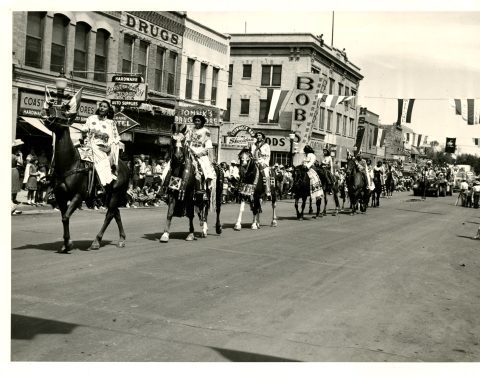
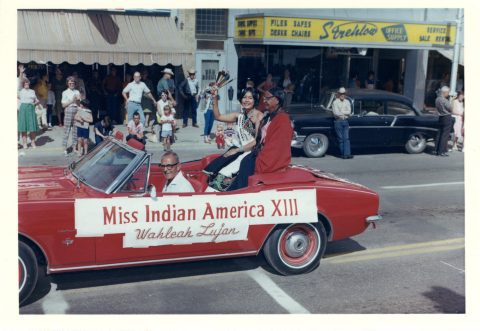
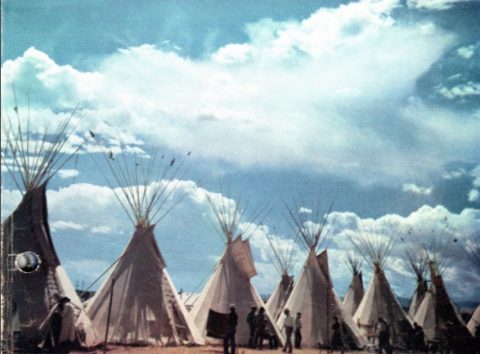
Being Miss Indian America for a Year
Miss Indian America pageant winners spent a year traveling around the United States and Europe, speaking about their Indian communities and trying to correct misconceptions about them. The reigning Miss Indian America was considered to be a cultural ambassador between Indian and non-Indians, often speaking to groups of people who had never been around Indians before. Through speaking engagements, public appearances, conferences, and other events, Miss Indian America represented and advocated for their respective tribal nation, culture, and land while promoting the contest and encouraging positive Indian-white relations. The winners worked to break down stereotypes about Indian culture and history, represented the All American Indian Days (AAID) organization, their tribes, and their families throughout the year. In addition to her mandatory year-long residency with a host family in Sheridan, Miss Indian America was accompanied by a chaperone, usually a woman, during her reign.
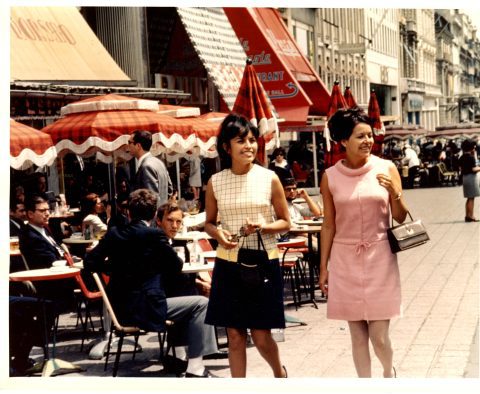
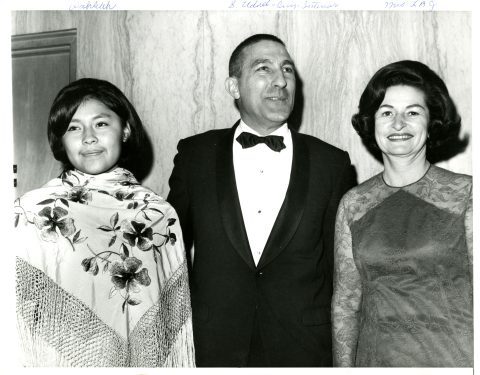
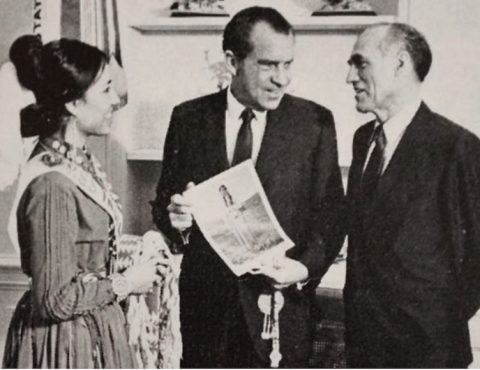
Why It All Ended
From its conception, the MIA pageant struggled with funding, though finances worsened in the 1970s when the regional economy was in the doldrums. AAID, the organization which hosted the contest, also faced political controversy at the time with the rise of the American Indian Movement in the early 1960s and the “Red Power” movement in the early 1970s. Indian activists sought greater control over Indian affairs, and aimed to draw recognition to the continued prejudices and injustices against Indian people. Fewer Natives participated in the late 1970s. They wanted instead to represent their own cultures on their own terms and in their own spaces. New Indian-organized and led events, such as the Miss Indian World pageant and the National Miss Indian USA pageant, gained relevance and popularity, taking the place of the MIA contest.
In 1983, the pageant was postponed by a year, as the MIA board attempted to find both sponsors and participants. In 1984, the board elected to move the pageant from Sheridan to Bismarck, North Dakota: Bismarck’s United Tribes International Powwow. During its five-year tenure in Bismarck, the MIA pageant saw some renewed success. However, the North American Indian Foundation (NAIF), who hosted the MIA contest in Bismarck opted to end the contest in 1990 due to waning interest. The NAIF dissolved in 1999, and with it, the Miss Indian America contest altogether.
The Sheridan WYO Rodeo board now, in 2021, holds the copyright.
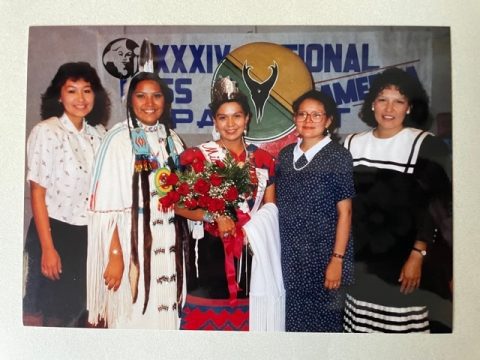
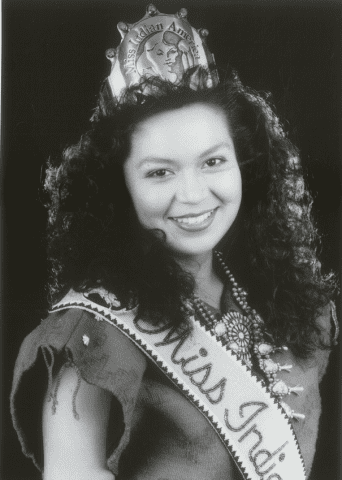
Reunions and Legacy
Almost thirty years after the last MIA contest, local historian and librarian Judy Slack reached out to past winners and invited them back for a reunion at the 2013 Sheridan WYO Rodeo.
The rodeo board honored the former MIAs by naming them the Grand Marshals of the parade. Twelve past Miss Indian America winners, nearly half of the surviving ones, returned to Sheridan. The title holders attended the rodeo and danced at the Crow-sponsored powwow. They were also honored at a luncheon where many of them spoke about the importance of MIA and the townspeople of Sheridan to their lives. Joe Medicine Crow, once the master of ceremonies, attended the luncheon to honor the women and the town. Many of the women had gone on to successful careers as artists, lawyers, educators, and all-around advocates for their communities.
The reunion was the first time many past Miss Indian America winners had met each other. It was the 60th anniversary of the crowning of the first Miss Indian America, Arlene Wesley who was present with her family at the reunion. The gathering ignited a sense of sisterhood among the past winners and jumpstarted many collaborations, including several more reunions and new projects to promote American Indian women. They include the first art show to feature Native American women artists held in Sheridan in 2015 with four former MIAs sharing their artwork.
What began as a dream of a small western town and members of the Crow and Northern Cheyenne nations has become an ongoing collaboration that continues to promote improved Indian and white relations and the lives and rights of American Indians.
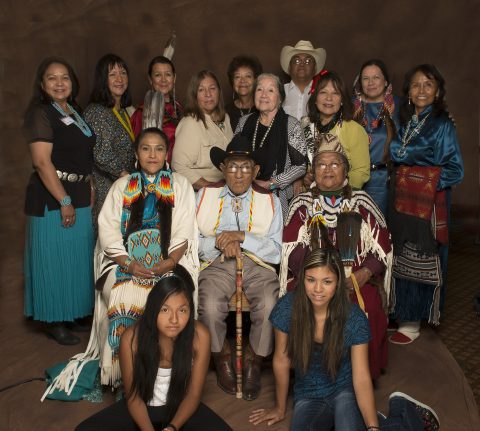
Seated: Left to Right Claire Manning, Joe Medicine Crow, and Arlene Wesley
Seated in front: Luzenia Russell, and Taliya Russell (granddaughters of Lucy Yellowmule)
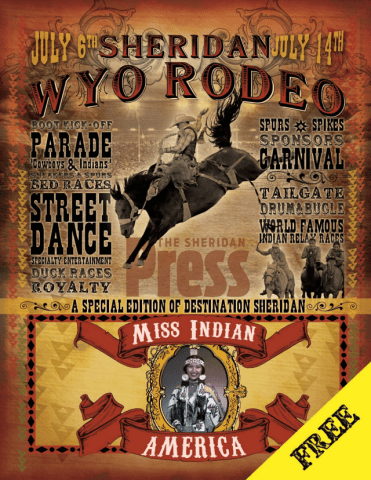
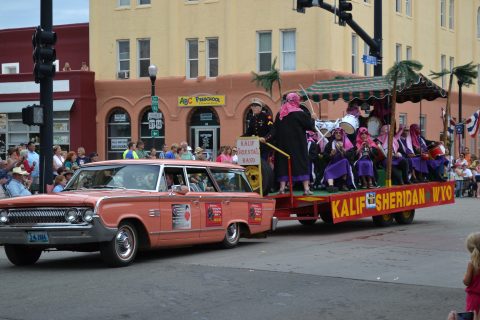
In 2022, the Miss Indian America Collective donated trees to the Kendrick Park and the City of Sheridan in the arboretum next to the Elk Pasture. A bench was installed in 2023. These are a gift to the people of Sheridan County who gave so much to AAID & the Miss Indian America pageant from 1953-1984. Thank you Sheridan !!
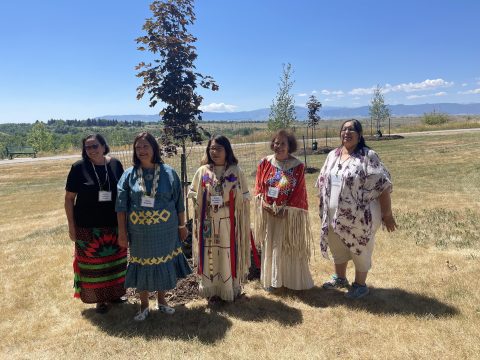
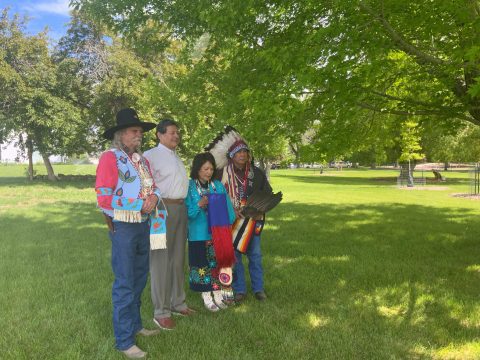
Photos of MIA Winners
Portraits taken by Don Diers, Archie Nash, Rochford Studios, Ziemer Studios and Grunkemeyer Studios. (Photographs were taken by several different studios. This list might not be complete.)
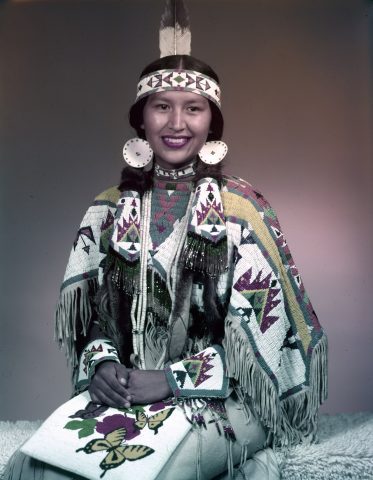
ARLENE WESLEY
Yakama Nation
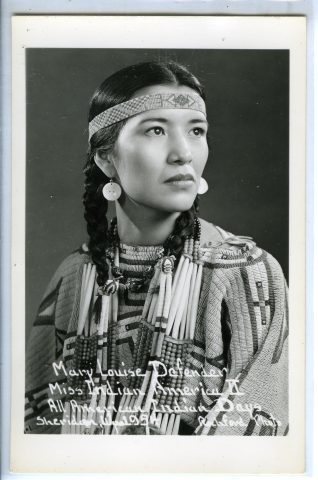
MARY LOUISE DEFENDER
Yanktonai
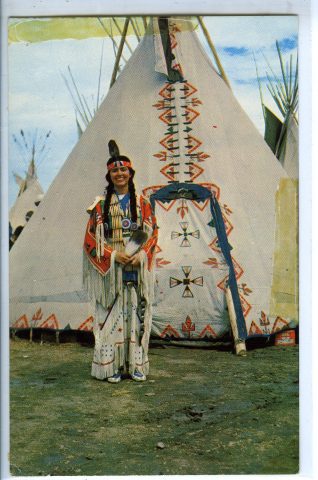
RITA ANN MCLAUGHLIN
Hunkpapa Lakota
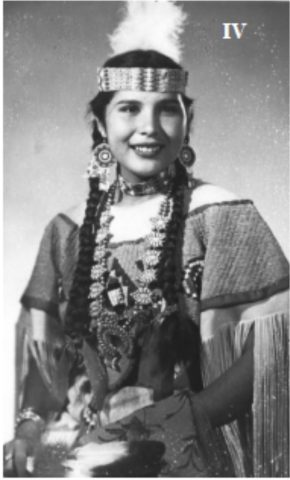
SANDRA GOVER
Skidi Pawnee
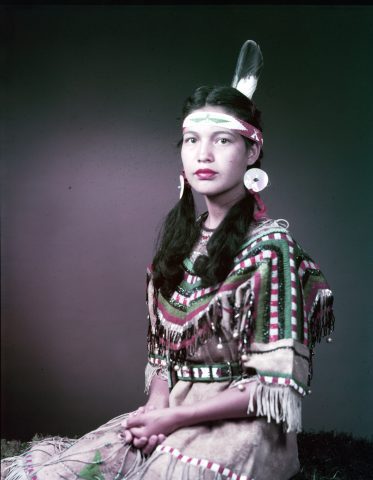
RUTH LARSON
Gros Ventre
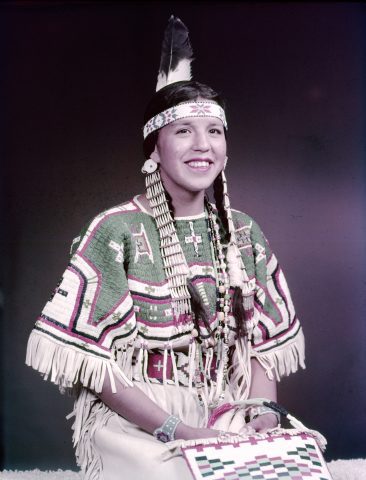
DELORES RACINE
Blackfeet
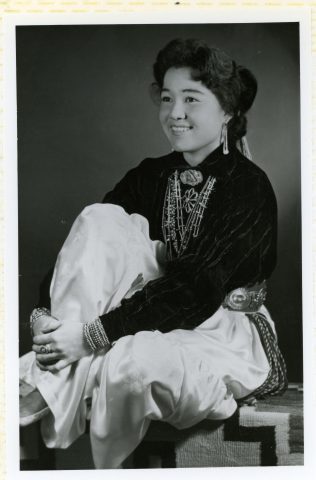
VIVIAN ARVISO
Navajo
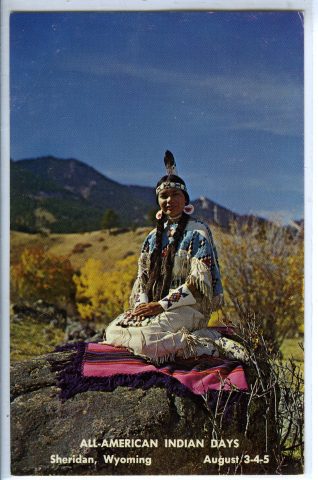
BRENDA BEARCHUM
Northern Cheyenne
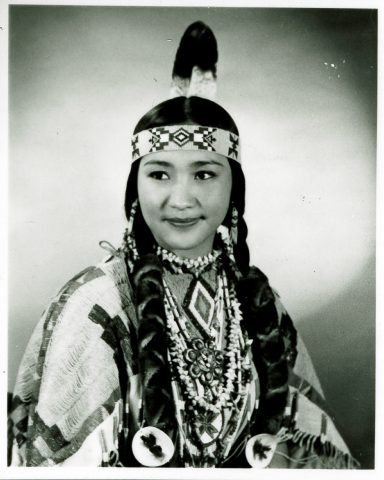
RAMONA SOTO
Klamath
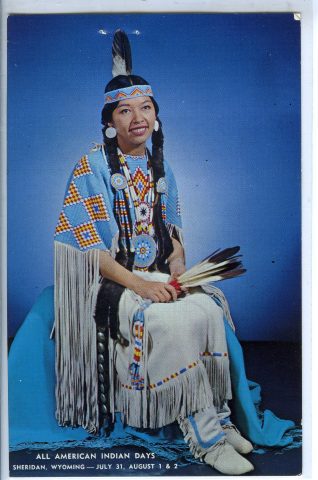
WILLAMETTE YOUPEE
Sisseton-Yankton Dakota
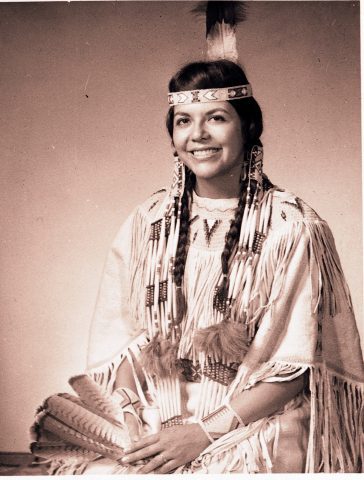
MICHELE PORTWOOD
Arapaho
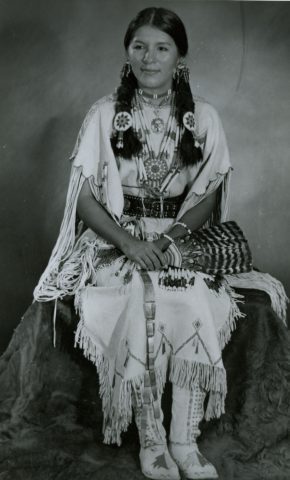
SHARRON AHTONE HARJO
Kiowa
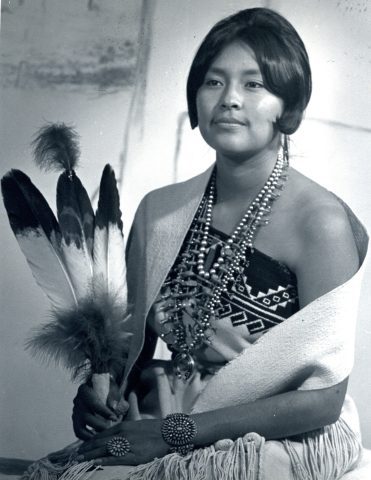
WAHLEAH LUJAN
Taos Pueblo
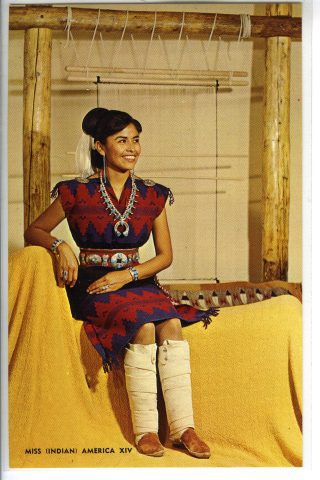
SARAH JOHNSON
Navajo
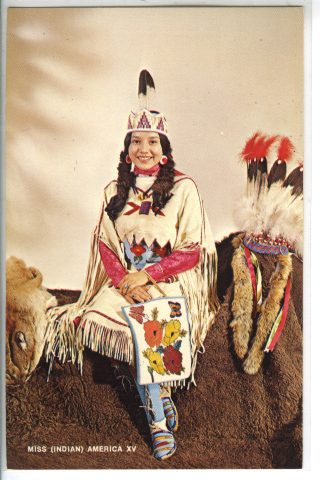
THOMASINE HILL
Crow-Pawnee
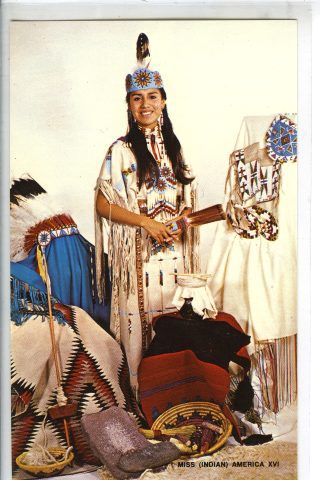
MARGERY HAURY
Cheyenne-Arapaho-Navajo-Sioux
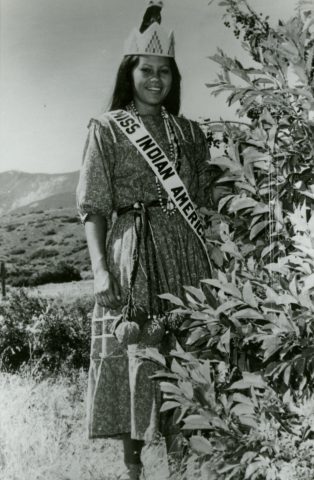
VIRGINIA STROUD
Keetoowah Cherokee

NORA BEGAY
Navajo
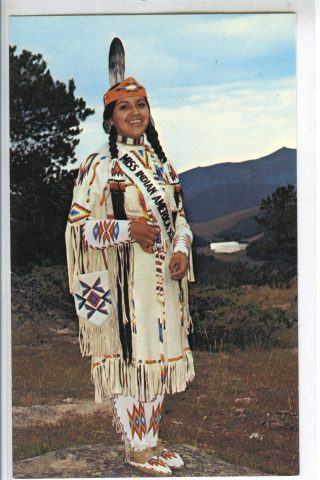
LOUISE EDMO
Shoshone-Bannock
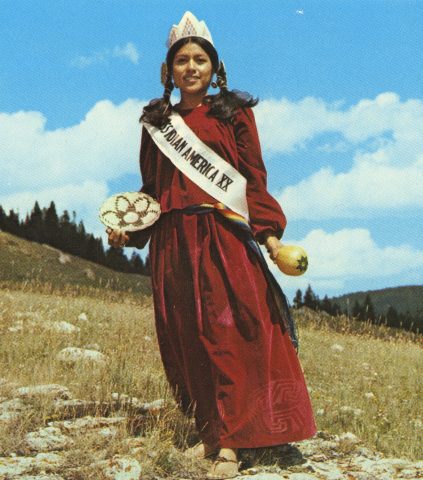
MAXINE NORRIS
Papago
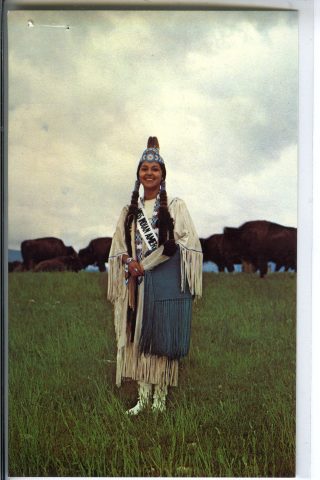
CLAIRE MANNING
Shoshone-Paiute
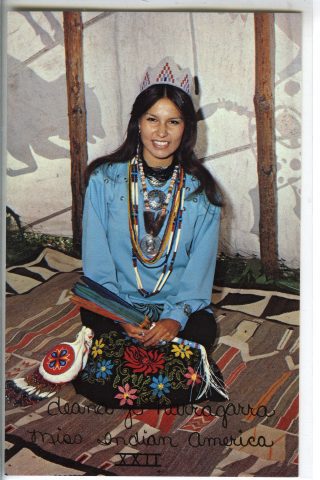
deana jo harragarra
Kiowa-Otoe
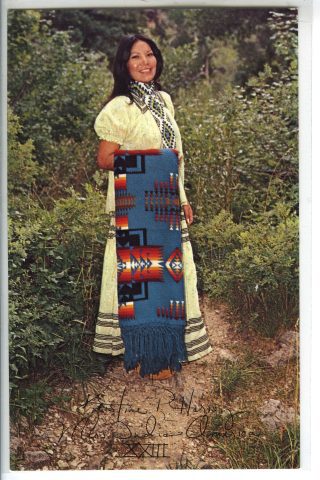
KRISTINE RAYOLA HARVEY
White Mountain Apache
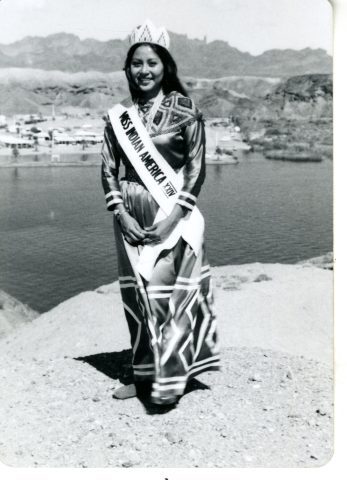
GRACIE WELCH
Mohave-Chemehuevi-Yavapai
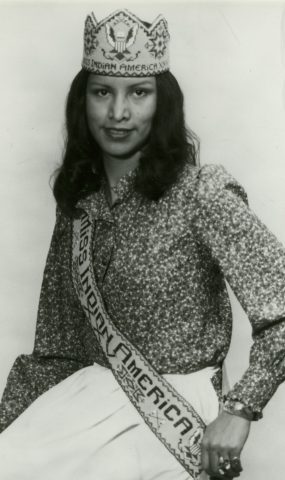
SUSAN ARKEKETA
Otoe-Missouria-Muscogee (Creek)

MELANIE TALLMADGE
Winnebago-Minnesota Sioux
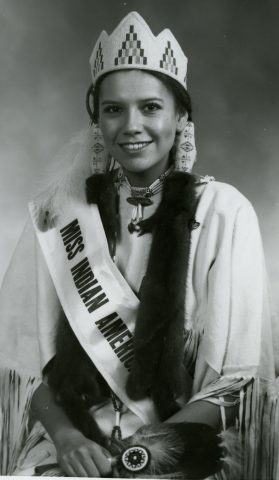
JERILYN LEBEAU
Cheyenne River Sioux
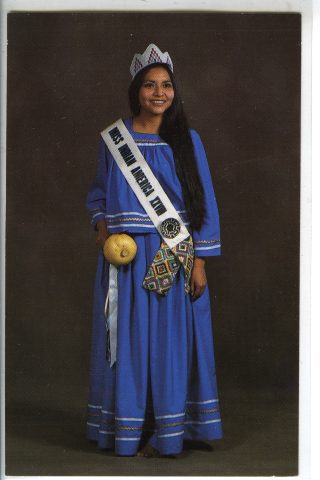
VIVIAN JUAN
Papago
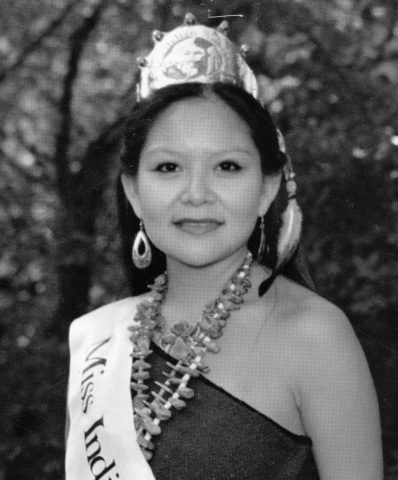
DEBORAH SECAKUKU
Hopi
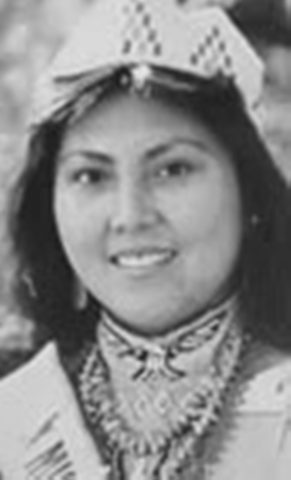
ANN LOUISE WILLIE
White Mountain Apache-Paiute
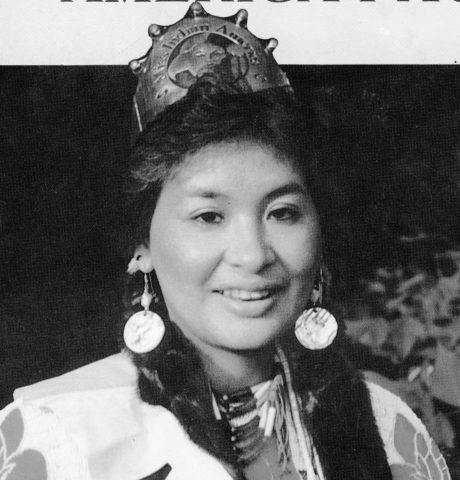
JORJA FRANCES OBERLY
Osage-Comanche-Nez Perce
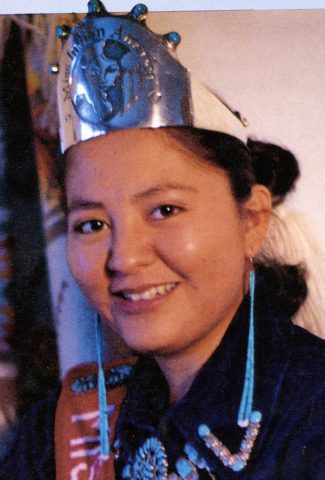
AUDRA ARVISO
Navajo
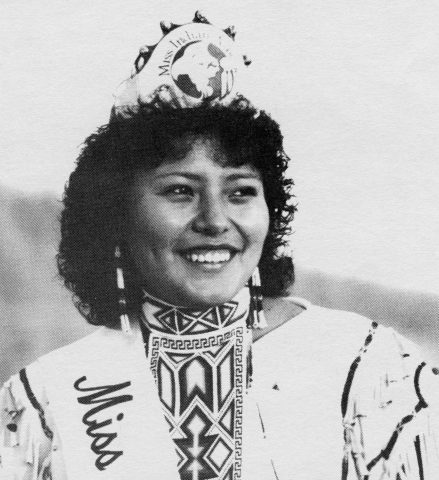
LINDA KAY LUPE
White Mountain Apache
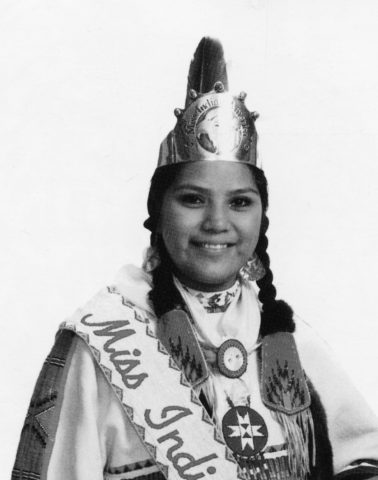
BOBETTE KAY WILDCAT
Shoshone
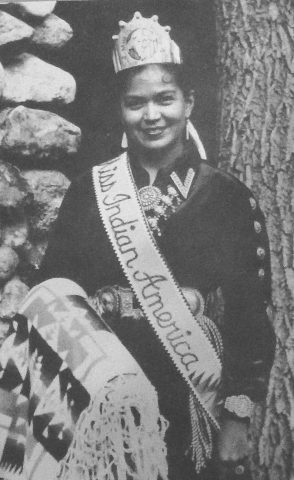
WONDA JOHNSON
Navajo
AAID 1950’s Rodeo Clips
These film clips from the 1950s were taken by George F. Thomson. George’s son, Thomas Thomson, granted us permission to share them with our viewers. We greatly appreciate the Thomson’s for sharing these family films with us. The following have been identified: (first few minutes 1953 – Lucy Yellowmule & her court (00:01 & 01:31)), Bill Eaton & Ernie Ernst (at left Bill Eaton & at right Ernie Ernst 00:12), (possibly 1954) Mary Louise Defender (02:15), (possibly 1954) Arlene Wesley (03:04 & 05:38), Neckyoke Jones (05:38) – if you recognize anyone, please let us know. We will try to identify participants by using minutes/seconds in the film. Thank you!

